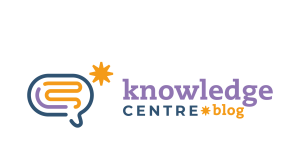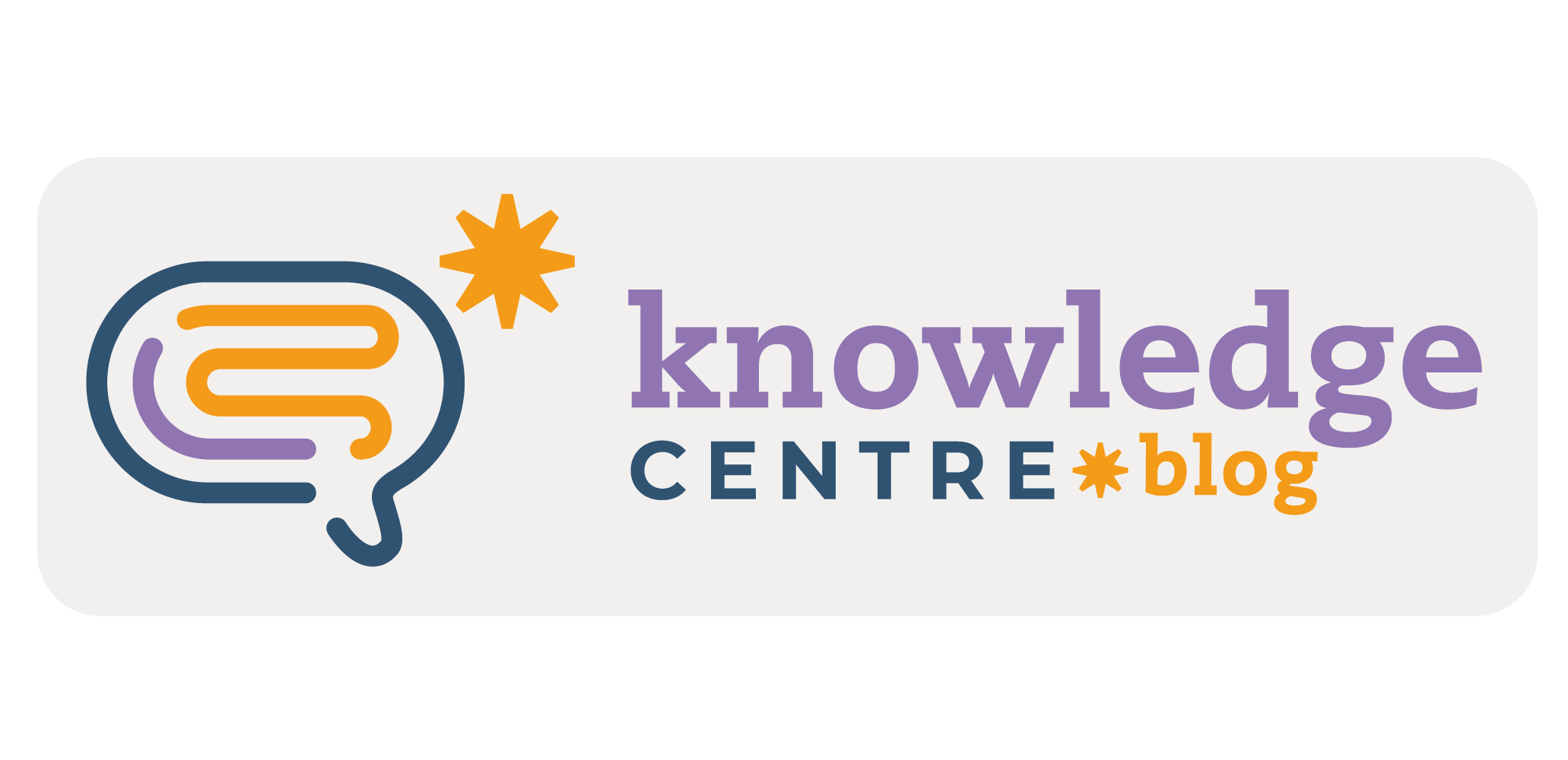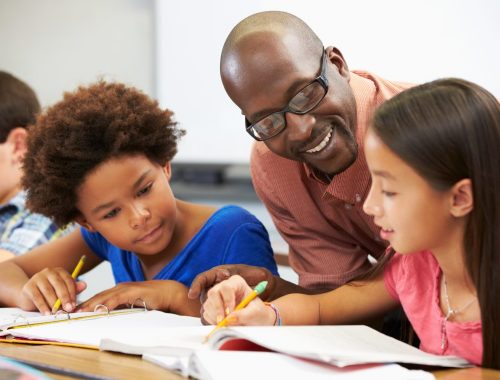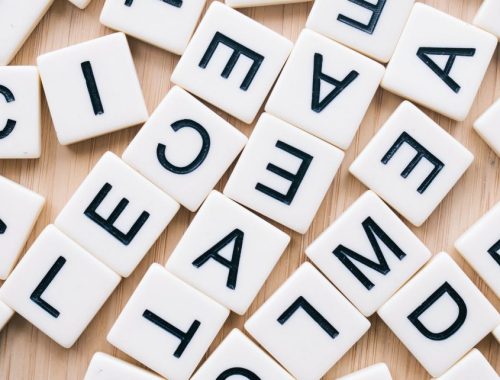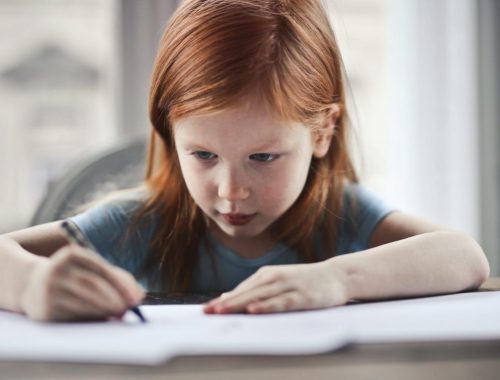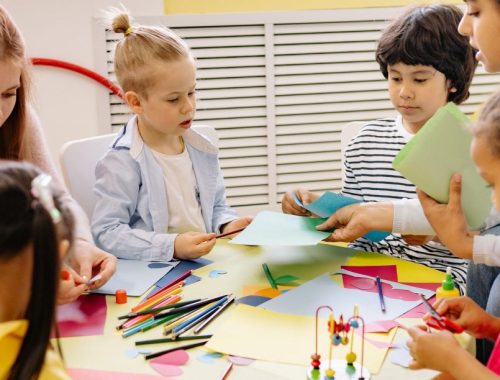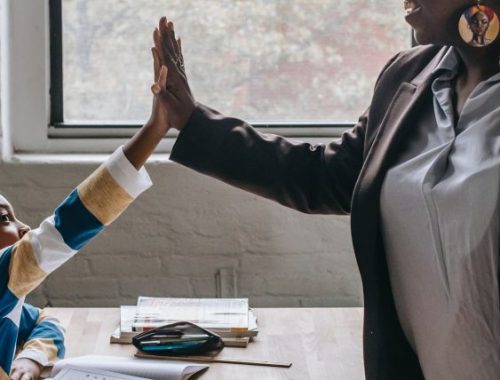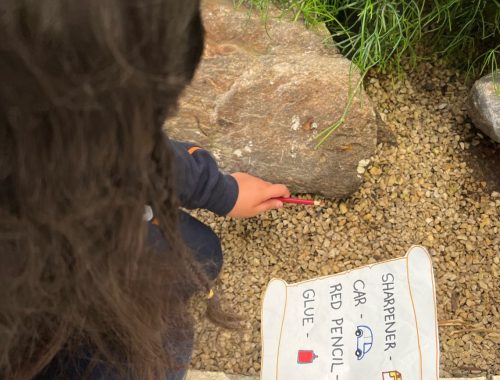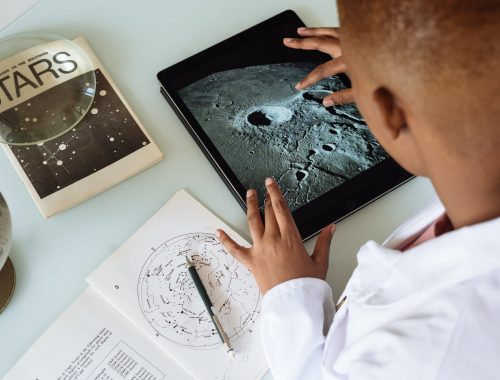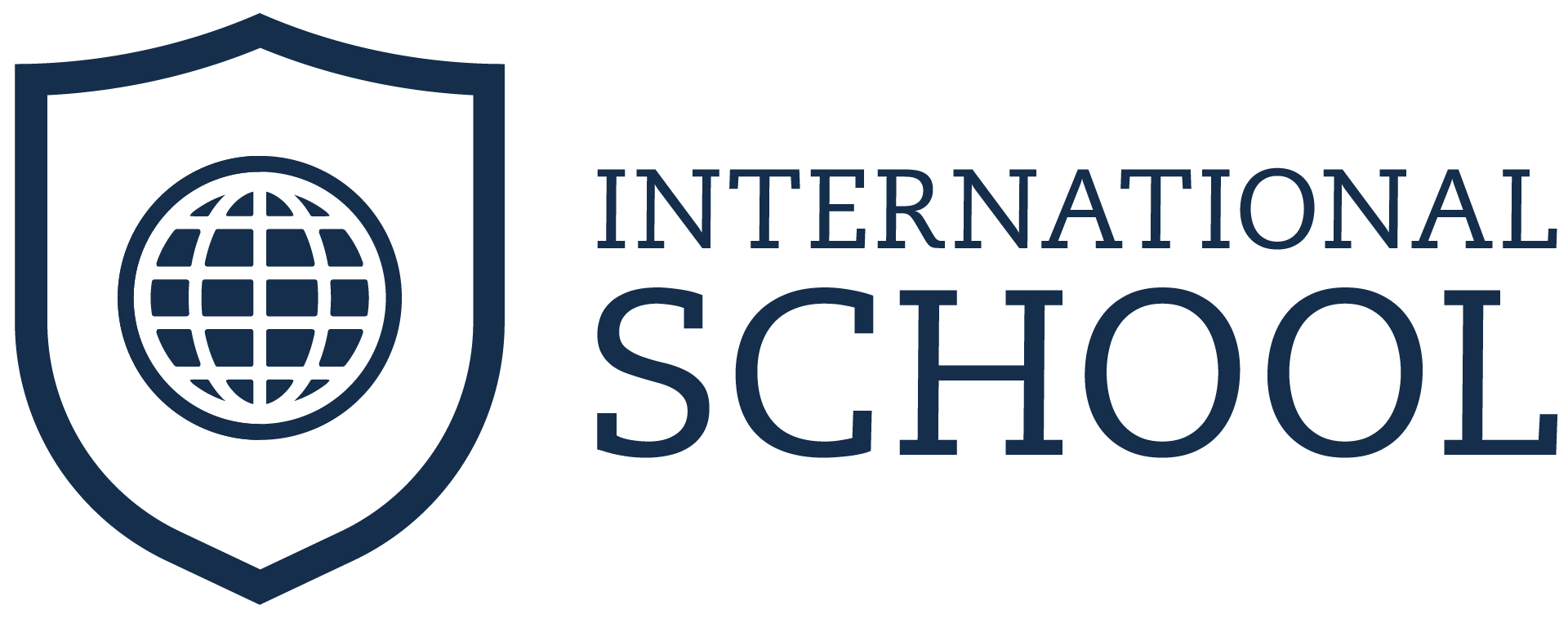There is a certain apprehension when we first see the words “Language Triptych” written together. At least for me it was something scary, maybe it would be another one of those topics that I would struggle to understand. With a…
Communication
IS BEING LANGUAGE PROFICIENT THE SAME AS BEING LANGUAGE AWARE?
In order to answer this question, let’s first define the difference between knowledge of language and knowledge about language. Knowledge of language means being able to use the language to communicate, while knowledge about language means being able to explain…
IMPROVING LEARNING THROUGH MOTIVATION
Have you ever planned an amazing class only to see the delivery go not so well? Your students were not engaged, they seemed bored… I guess we have all been there at some point in our teaching careers. Of course,…
HOW TO MAKE LANGUAGE HAPPEN IN CLIL?
Content and Language Integrated Learning – or CLIL, as it is usually referred to, is an approach that has its pillars in authenticity and diversification of learning in which learning the subjects will bring real-life, authentic use of language. Also,…
DEVELOPING WRITING SKILLS IN THE EARLY YEARS OF ENSINO FUNDAMENTAL – PART II
In Part 1, we looked at the cognitive processes involved in learning to write and how doing so in their mother language (e.g. Portuguese) facilitates the development of additional language (e.g. English) writing skills. Now the focus is on common…
CLIL: PRACTICAL TIPS FOR EFFECTIVE LESSON DELIVERY (PART 2)
The acronym CLIL (Content and Language Integrated Learning) was coined by David Marsh in 1994 (Mehisto et al, 2010). As its name suggests, it refers to the teaching of language and the teaching of content (curricular subjects such as Science…
CLIL: PRACTICAL TIPS FOR EFFECTIVE LESSON DELIVERY (PART 1)
The acronym CLIL (Content and Language Integrated Learning) was coined by David Marsh in 1994 (Mehisto et al, 2010). As its name suggests, it refers to the teaching of language and the teaching of content (curricular subjects such as Science…
BRINGING REALIA TO OUR CLASSROOM
Realia are objects and materials of our daily use that we bring to the classroom to teach a certain concept or content. Iva Pozega (2020) says that “it refers to real materials teachers can use to illustrate a lesson, to…
ARE TEACHERS READY FOR BILITERACY?
Understanding how bilingual education is going to affect learners’ literacy process is a common concern among educators and families alike, mainly at the early stages of school life. In order to set the tone of this conversation, let me begin…
21ST CENTURY COMPETENCIES: ARE STUDENTS READY FOR THE MODERN WORLD?
The world of information and communication has changed. If you are over thirty years old, most likely you have been forced to migrate into a place in which there is much less time needed to find and share knowledge; a…
